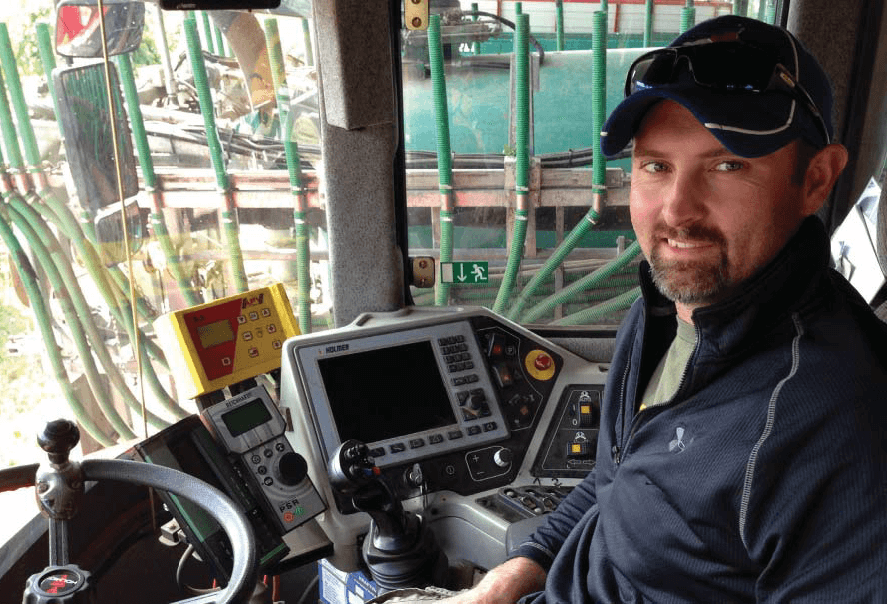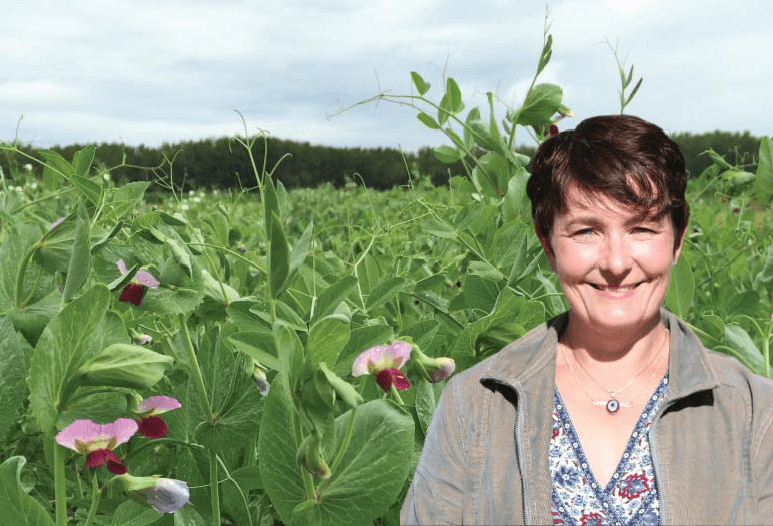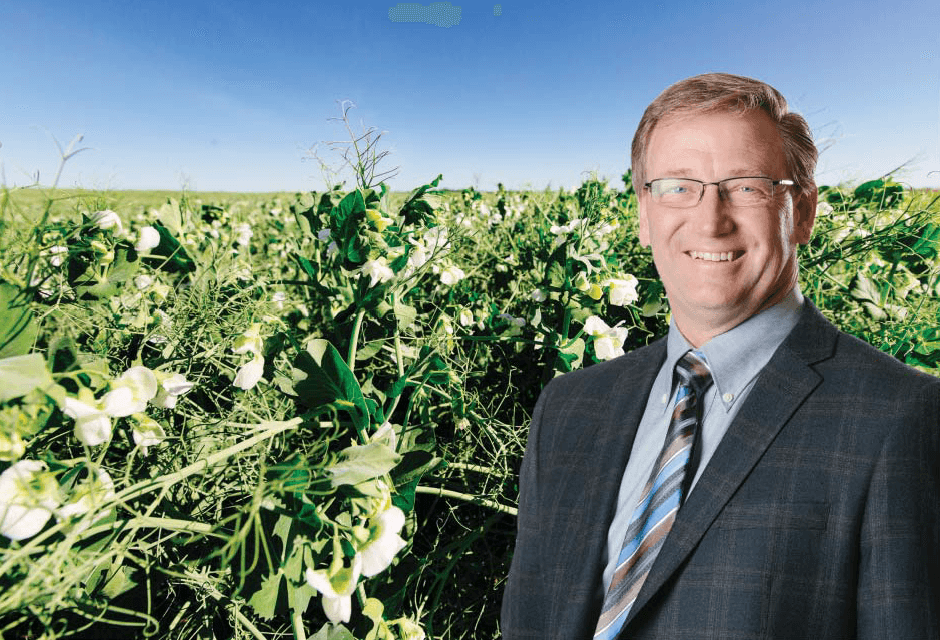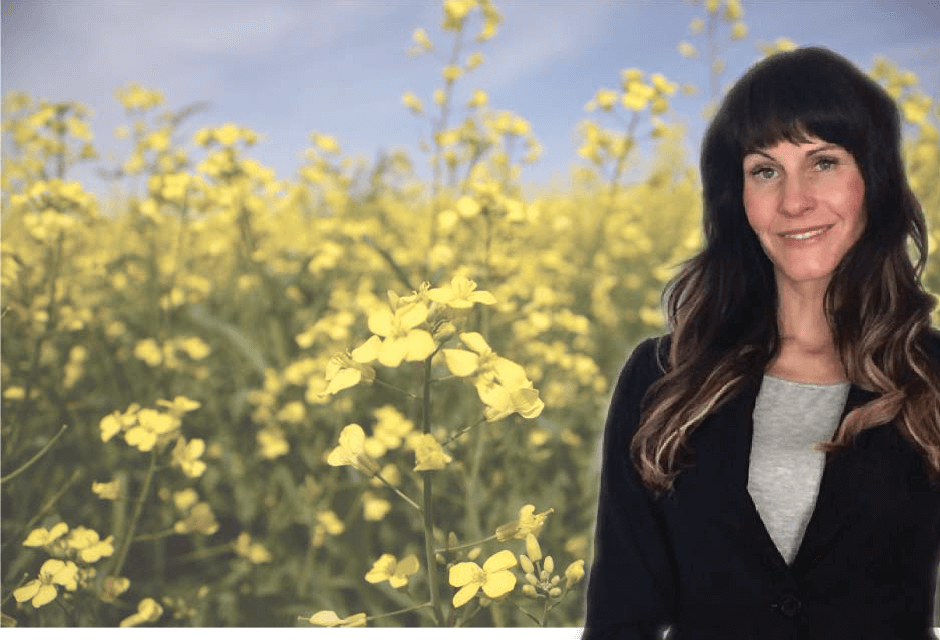Mark Verkuyl farms near Woodstock, Ontario, alongside his wife, Sara, his brother Ken and his wife Cindy, and his parents, Tony and Brenda. They raise 1,100 sows from farrow to finish on 1,100 acres, and are committed to continual improvement and taking advantage of opportunities to expand their business.
One of their key opportunities is in the export market. As a pork producer, Mark has seen first-hand how Canadian pork is appreciated around the world. “We are seen around the globe as producing high-quality, safe pork,” he says.
With the demand for Canadian pork growing overseas, especially in Asia, Mark knows that a vibrant and open trade market is vitally important to the industry.
Mark says that free trade access is key for his-and the pork industry’s-future success. “I’ve really valued the opportunity to meet with a couple of different Japanese companies who buy our products,” Mark says. “The big takeaway for us has been their acknowledgement and discussion around the excellent quality of Canadian pork. We continue to strive to meet and exceed these levels of excellence, particularly in this market.”













